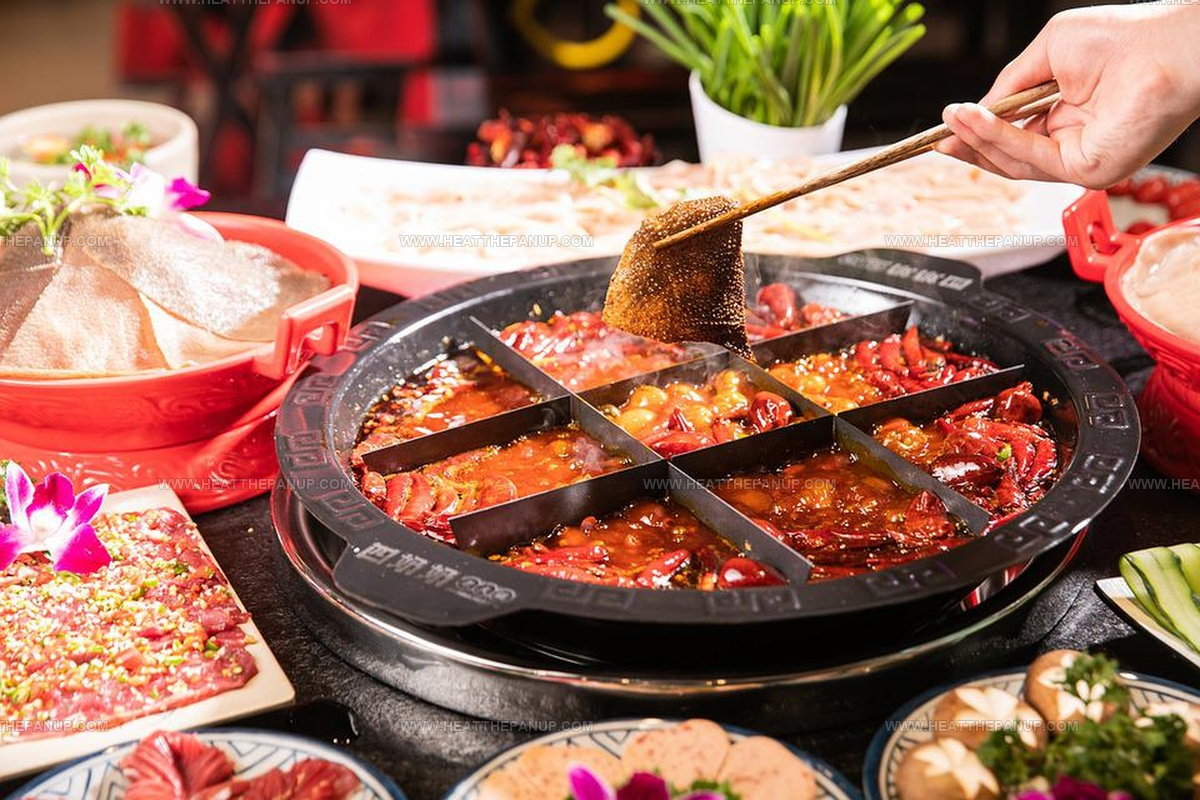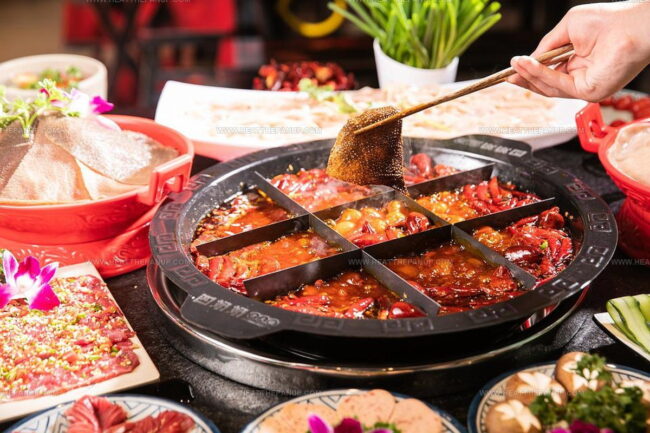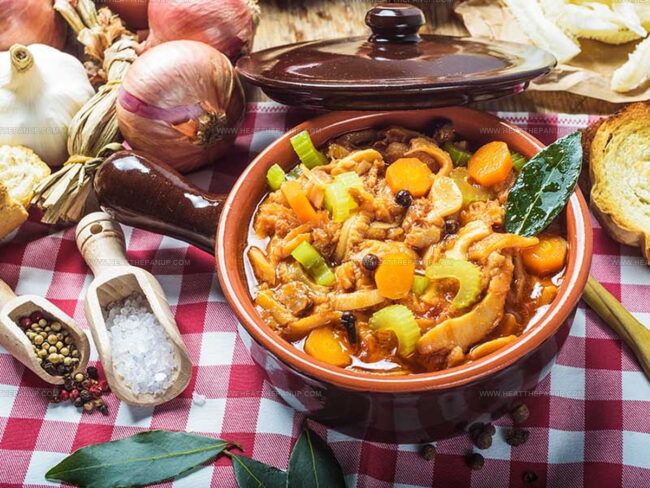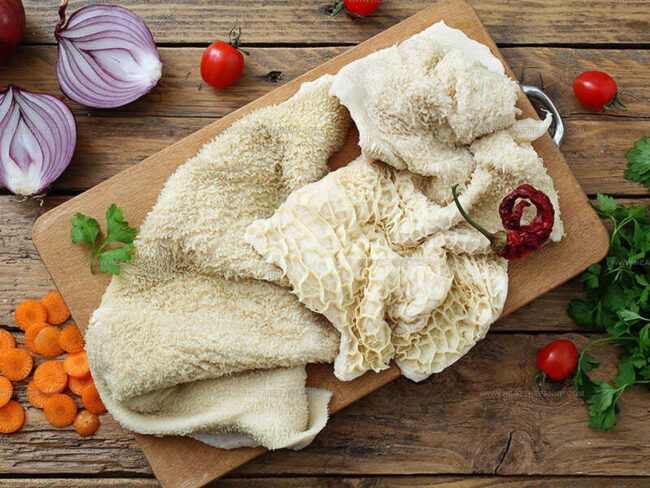What Does Tripe Taste Like? Discover This Unique Flavor
Tripe, a unique culinary ingredient, often sparks curiosity among food enthusiasts and adventurous eaters.
Some people wrinkle their noses at the mere mention of this traditional dish, while others consider it a delicacy.
Skeptics and curious foodies alike wonder about its flavor profile and texture.
Cultures around the world have embraced tripe in various traditional recipes, each bringing its own distinctive preparation method.
Nutritionists appreciate its protein content and potential health benefits.
The journey of understanding tripe goes beyond simple taste descriptions, involving cultural, historical, and gastronomic perspectives.
Unraveling the mysteries of this ingredient promises an intriguing culinary exploration that might challenge your preconceived notions about food.
What Does Tripe Refer To?
Tripe comes from an animal's stomach lining with four separate parts that help break down tough plant foods.
Stomach sections have special names based on their look.
First stomach makes blanket tripe, second stomach creates honeycomb tripe which people like best.
Third stomach produces Bible or book tripe, while fourth stomach rarely gets used because its texture feels bumpy.
Cooks in Africa and Asia love making meals with tripe.
People in United States often enjoy it as a thick stew cut into half-inch pieces.
Cooks can keep tripe fresh in refrigerators or freezers for several days.
Menudo soup serves as a complete meal for many.
Anyone wanting to taste tripe can enjoy it as a light snack, starter course, or main dinner plate.
Flavor of Tripe
People might feel unsure about eating an animal's stomach lining, but well-prepared tripe has a gentle taste that works nicely with many ingredients, especially flavorful items like onions, garlic, and herbs.
Tripe soaks up dish flavors similar to how tofu absorbs surrounding tastes.
Tripe stands out because of its chewy texture, made from smooth muscle and connective tissue.
Cooking tripe requires careful attention, as overcooking can make it tough.
Good tripe should feel tender with a slight firmness when done right.
Cooks typically slice and cook tripe, which turns softer than muscle meat and often appears in soups.
Most tripe comes from beef, but you can also find it from pigs, chickens, and turkeys.
Meat lovers know two main tripe types: honeycomb and Bible, with honeycomb being more popular and Bible being less common.
These differences help explain tripe's unique flavor profile.
Why Does Tripe Smell Strong?
Smell of tripe can be off-putting for some people.
Scents range from earthy notes like wet hay or dirt to hints of grass, depending on what cows eat.
Freshness plays a big role in how tripe smells.
Meat sitting in refrigerators or freezers for extended periods will develop stronger, less pleasant odors.
Cow nutrition impacts the final smell you'll experience when preparing this ingredient.
How to Clean Tripe
Cleaning tripe is an important first step before cooking, which people call dressing.
When you have unbleached tripe, start by cutting away extra fats and unwanted parts using a knife. Wash it with salt to clean out any remaining dirt.
Types of Tripe
Here are four main kinds of Triperipe:
This means sheep tripe also appears in four different styles.
Possible Risks of Eating Tripe
High nutrient content doesn't mean tripe comes without potential health concerns.
People should understand several risks before adding this food to regular meals:
High Cholesterol Amounts
Tripe carries more cholesterol than many other meat options.
One small serving contains around 108 milligrams of cholesterol, which equals about one-third of daily recommended amounts.
Some human systems handle dietary cholesterol smoothly, while others might experience stronger impacts.
Checking with medical professionals is wise before including tripe in meal plans for individuals with cholesterol concerns.
Dental Health Tips
Chewing tripe might prove difficult without proper cooking techniques.
Low fat content means tripe can quickly turn tough and chewy, which creates an excellent protein choice for diet-conscious eaters.
Someone wearing dentures or experiencing tooth sensitivity should approach this meat with extra care.
Is Tripe the Same as Chitlins?
Chitlins come from boiled pig intestines that are later fried and served with apple cider vinegar and hot sauce. Southern food culture celebrates this special dish as a smart way to use every part of an animal.
Language experts know the word son relates to an old English term meaning intestines. People commonly use shorter words like chitlins or chitlin when talking about this food, with fun nicknames such as Kentucky oysters and wrinkled steak.
Tripe connects to stomach lining and shares similarities with sweetbreads. Different cultures have unique ways of preparing intestine dishes.
Chinese cooking often includes small intestines that are braised or stir-fried. Chitterlings work as a peasant food found in many world cuisines.
Mexico offers Menudo while France serves andouillette - both showcase similar cooking traditions that waste nothing and honor local food practices.
Ways to Use Tripe in Cooking
Tripe offers multiple cooking possibilities.
Boiling or steaming works well for about thirty minutes.
Cooks can chop the meat and add it to sauce, simmering for another half hour.
Serving tripe with rice makes a tasty meal.
Cilantro provides a nice flavor boost for people who enjoy its taste.
People love preparing tripe to make it tender and delicious.
Soups work great with this meat, and some recipes mix beef or pork tripe together.
Northern Mexico knows tripe broth as a fantastic hangover helper.
Besides being a comforting drink, cooks can turn it into a hearty main dish.
Stews made from tripe keep nicely in freezers for later eating.
Does Tripe Have Nutritional Value?
Tripe meat offers significant nutritional benefits and serves as a healthy part of an animal. Rich in essential minerals and vitamins, this ingredient supports good nutrition.
Proper cooking methods help prepare tripe for delicious meals. Cooks can simmer tripe for thirty minutes to an hour while partially covering the pot.
White tripe works best for eating, unlike green or brown varieties. People can enjoy tripe raw or boiled, though it might release a strong barnyard scent.
Tripe provides a tasty and nutritious meat alternative for meals. Dieters appreciate its low-calorie profile as a healthy food choice.
Small portions pack powerful nutrition - three ounces contain just 80 calories. Protein in tripe helps people feel full and energized.
Meat lovers and health-conscious individuals can both enjoy this versatile ingredient.





James Hambly
Founder & Recipe Creator
Expertise
Recipe Development, Culinary Education, Farm-to-Table Cooking, Southern Cuisine
Education
Asheville-Buncombe Technical Community College
Certificate in Culinary Arts
Focus: Hands-on training in professional cooking techniques, emphasizing farm-to-table practices and Southern cuisine.
The Chef’s Academy
Associate Degree in Culinary Arts
Focus: Comprehensive culinary education covering global cuisines, kitchen management, and food safety.
James grew up surrounded by the smells of cast-iron skillets and slow-cooked Southern meals in Asheville, North Carolina.
He sharpened his skills with a Certificate in Culinary Arts from Asheville-Buncombe Technical Community College, and later leveled up with an Associate Degree from The Chef’s Academy.
James’s philosophy is simple: the best meals don’t need fancy tricks, just fresh ingredients, a hot pan, and a little bit of heart. His favorite days are spent testing one-pan wonders, chasing bold flavors, and creating recipes that feel easy, even on a busy night.